The verb to be indicates that something or someone exists, happens, or occupies a place.
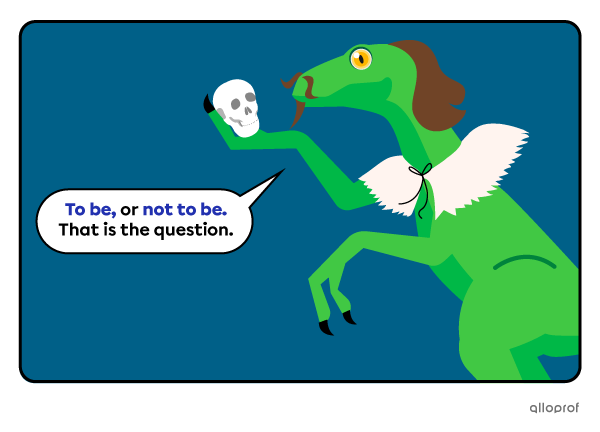
The verb to be can be used in two different ways:
-
as a verb
The police officer is on duty today. -
as an auxiliary verb.
You are studying history right now.
To be as a verb is used to:
-
express the existence of someone or something
-
describe things, people, or places
-
describe a state, a feeling, an emotion, or a position.
-
express the existence of someone or something

The new dinosaur show is tomorrow.

They are new to the research team.
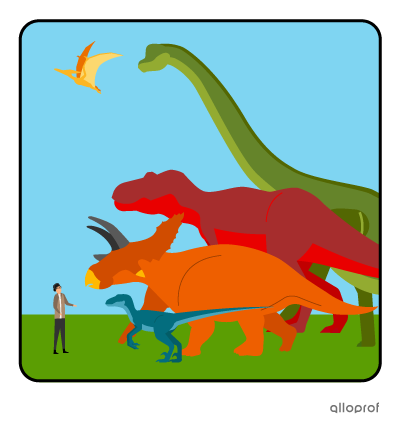
Dinosaurs were on the planet for millions of years.
-
describe things, people, or places
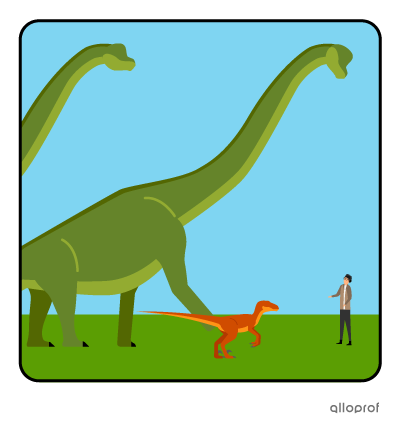
These dinosaurs are very tall.
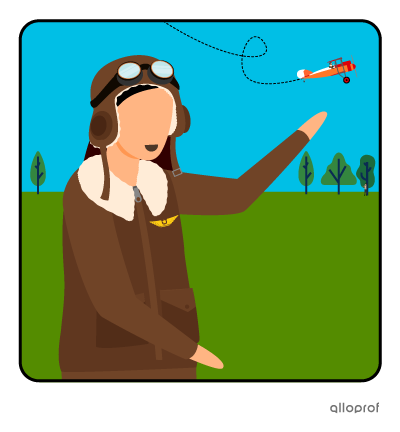
Elga was a pilot for the research team.
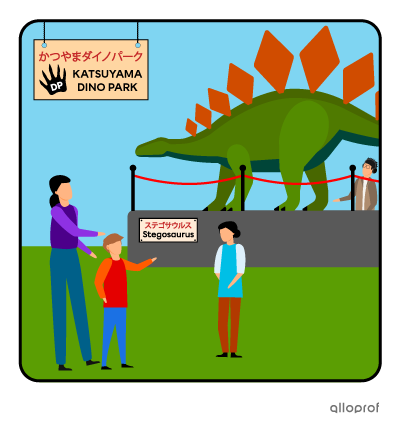
There is an amazing dinosaur park in Katsuyama, Japan.
-
describe a current state, an emotion, or position of a person or thing
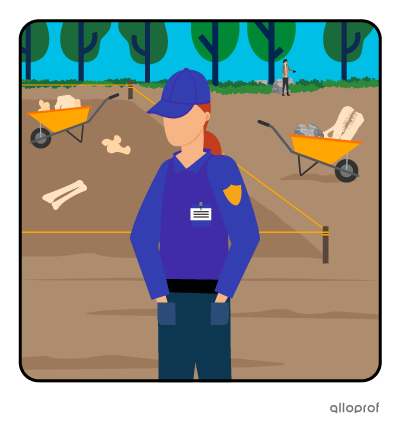
Security is important on the site.
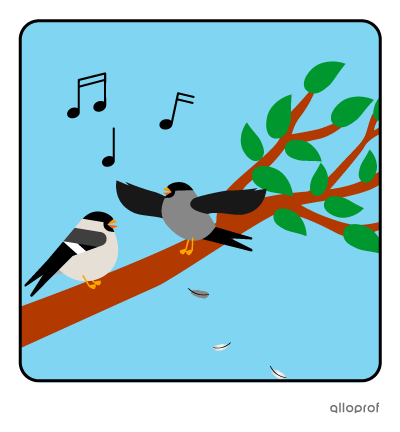
The birds are happy on the branch.

John is at the office today to work on his dinosaur research.
To be is used as an auxiliary verb for:
-
continuous or progressive verb tenses
-
passive voice sentences
To be is then conjugated according to the subject and the tense.


In passive voice construction, the subject of the sentence receives the action of the verb.



Passive Voice with Been - Present Perfect
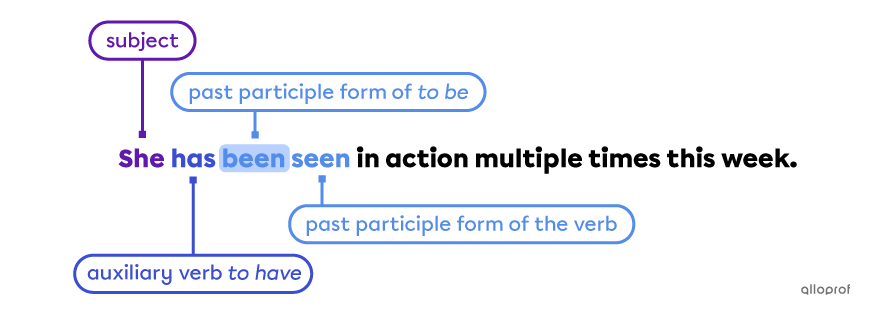
Passive Voice with Been - Past Perfect
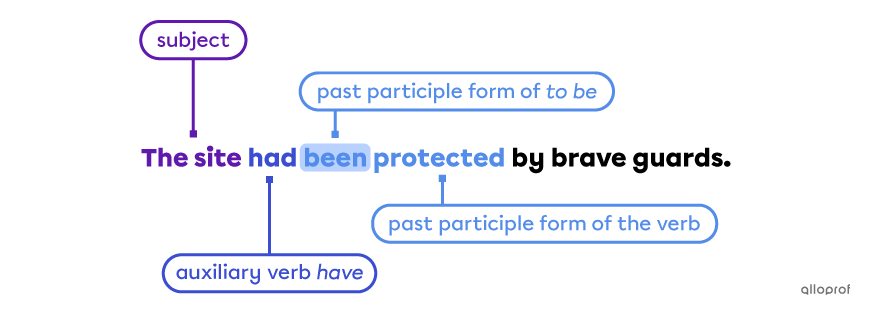
To learn more about the passive voice construction, check the passive vs active concept sheet.
The verb to be is what we call an irregular verb. It changes form for almost every person it is used with. You will notice the changes with the simple verb tenses.
Simple Present
| Affirmative Form | Negative Form | |||
| Full form | Contractions | Full form | Contractions | |
| I am | I'm | I am not | I'm not | |
| you are | you're | you are not | you're not | you aren't |
| he is she is it is |
he's she's it's |
he is not she is not it is not |
he's not she's not it's not |
he isn't she isn't it isn't |
| we are you are they are |
we're you're they're |
we are not you are not they are not |
we're not you're not they're not |
we aren't you aren't they aren't |
Simple Past
| Affirmative Form* | Negative Form | |
| Full Form | Full Form | Contractions |
| I was | I was not | I wasn't |
| you were | you were not | you weren't |
| he was she was it was |
he was not she was not it was not |
he wasn't she wasn't it wasn't |
| we were you were they were |
we were not you were not they were not |
we weren't you weren't they weren't |
*There is no contraction form for the affirmative form in the simple past.
To form sentences in the simple present or past tenses. Follow this basic structure:
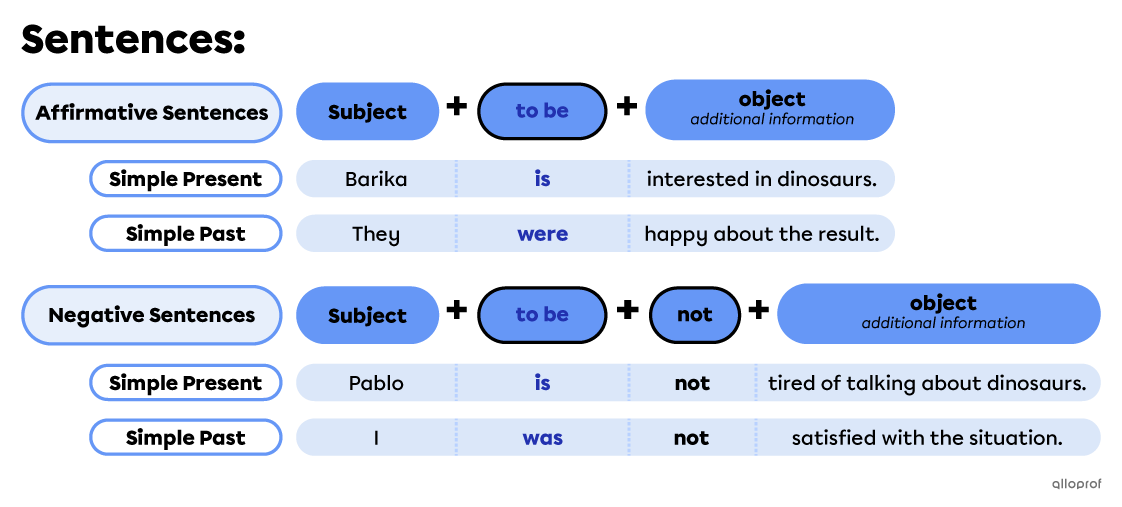
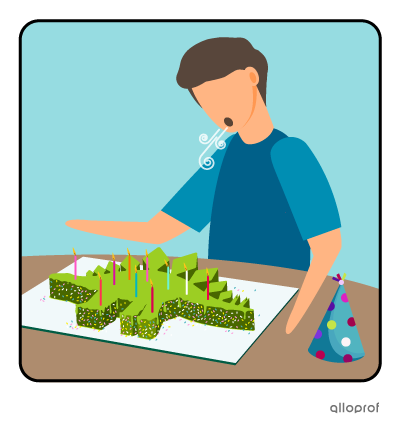
Present: You are 10 years old.
Past: The cake was not bird-shaped.
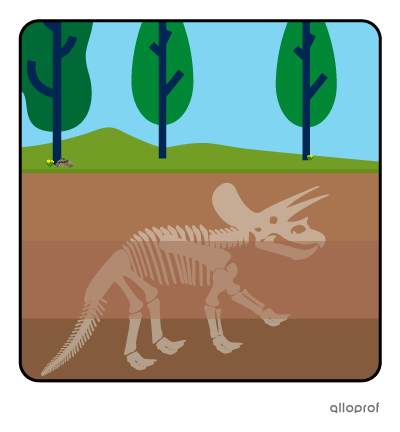
Present: Complete triceratops fossils aren’t easy to find.*
Past: It was a triceratops fossil.
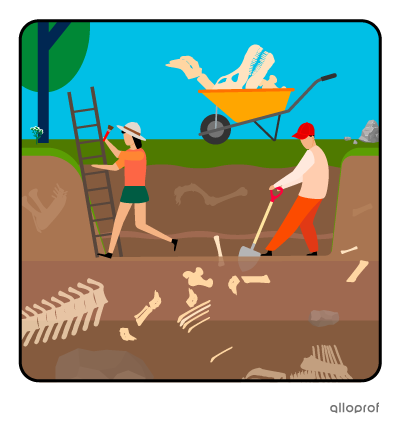
Present: They’re the best fossil hunters.*
Past: We were not on that team.
*Contractions are often used to contract the verb to be with its subject or in negative sentences.
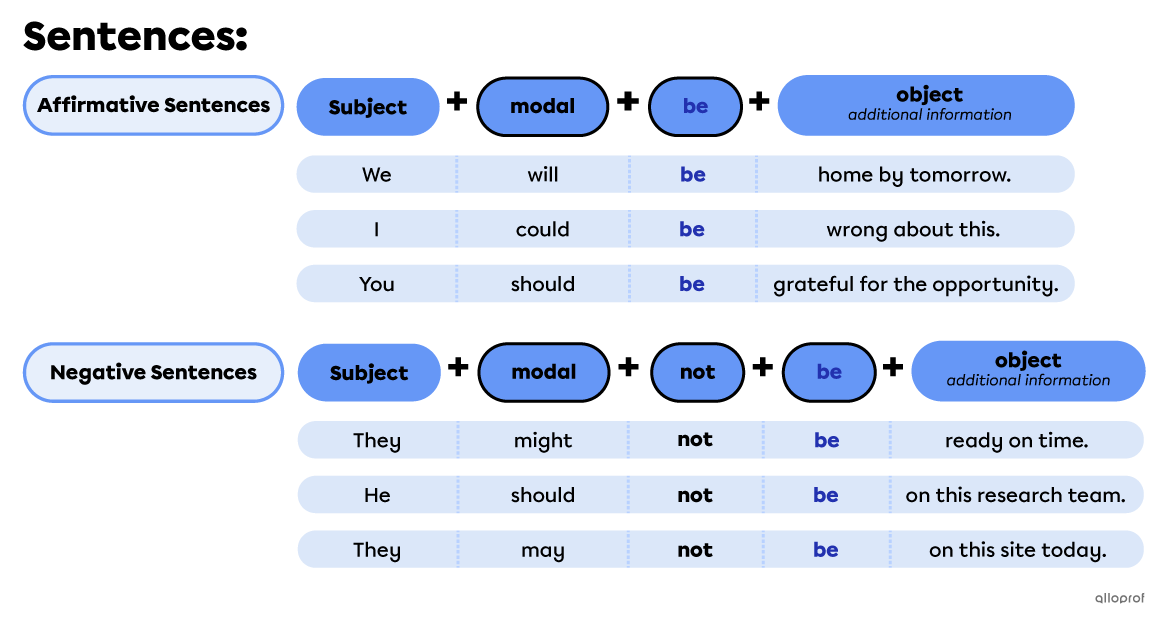
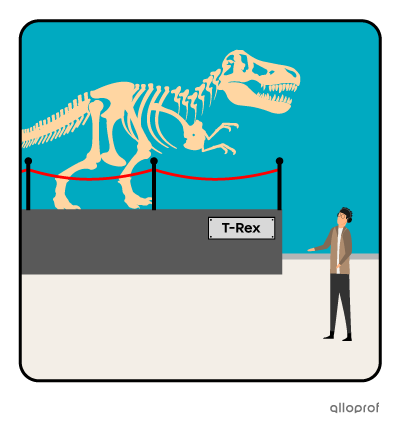
This could be the biggest fossil ever!
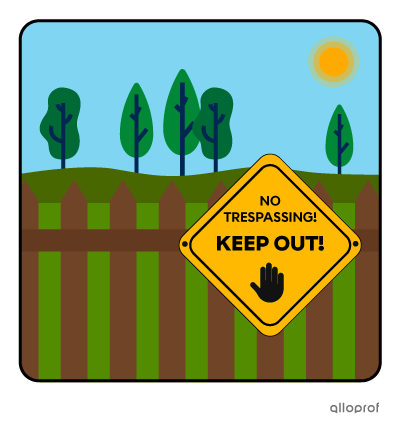
We shouldn’t be here, it’s forbidden.*
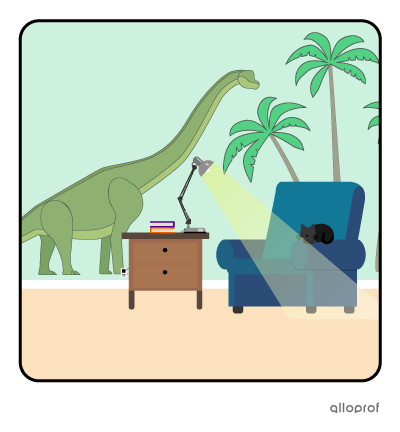
I’ll be happy with my new dinosaurs on my wall.
*Contractions are often used in negative sentences.
The continuous form of the verb to be is being. When using the continuous form, the verb to be is used twice: once as the auxiliary verb and another time as the main verb. The continuous form being stays the same with every subject.
To form sentences in the continuous tenses, use this basic structure:
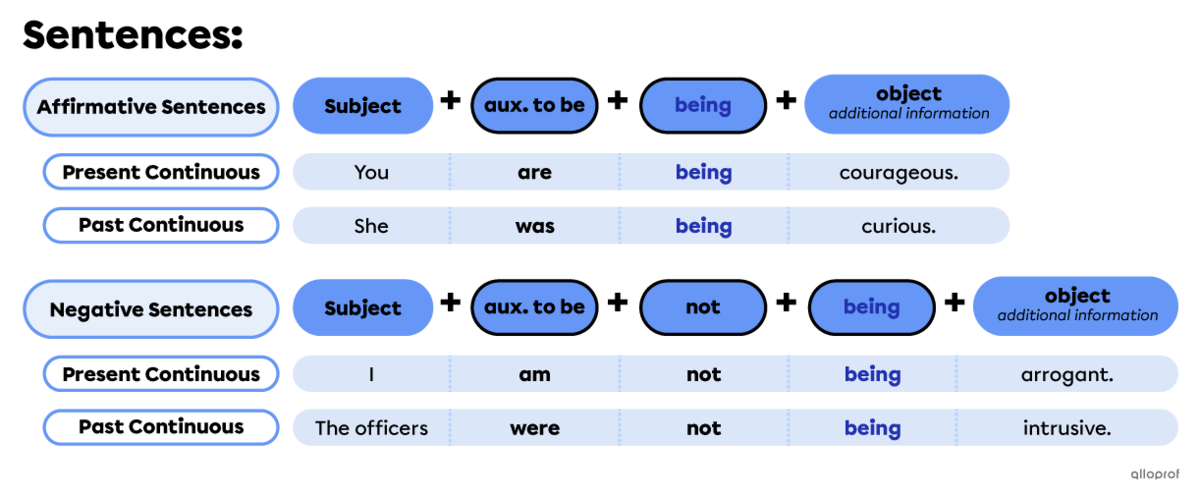
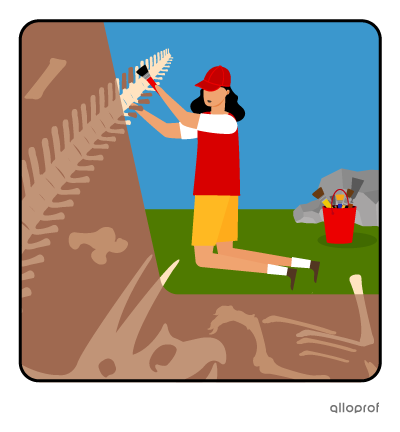
Past: The fossil broke, even if she was being careful with it.

Present: We aren’t being flexible with the new team schedule.*
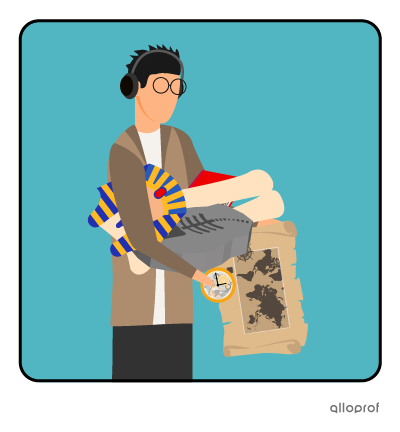
Present: I’m being productive today.
*Contractions are often used in negative sentences.
The past participle form of to be is been. It is used in perfect tenses and in the passive voice. It stays in the same form with every subject.
To form sentences in the perfect tenses, use this basic structure:
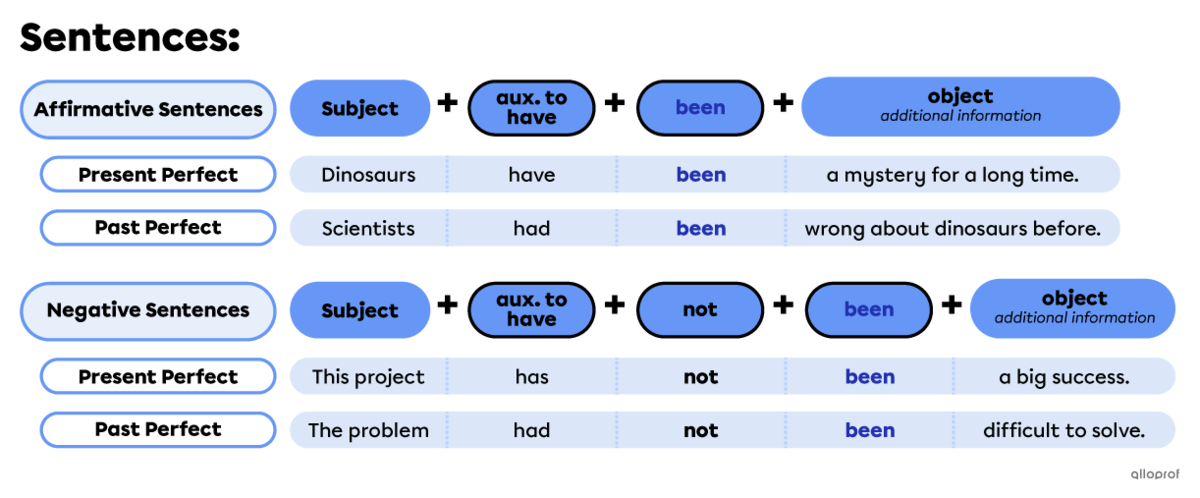
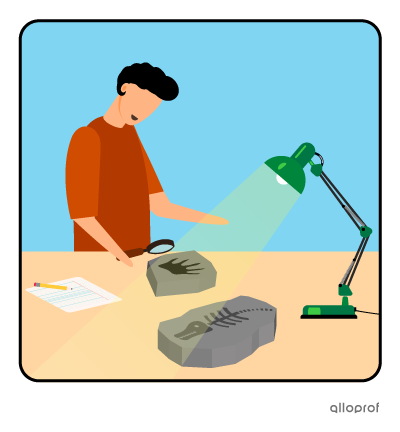
Present: I’ve been fascinated with my findings.
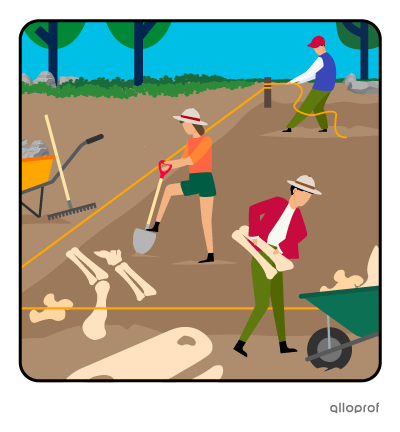
Present: It hasn’t been difficult to find new sites.*

Past: We had been lucky with our funding in the past.
*Contractions are often used in negative sentences.
Forming questions using to be requires different forms
When asking questions in simple tenses:
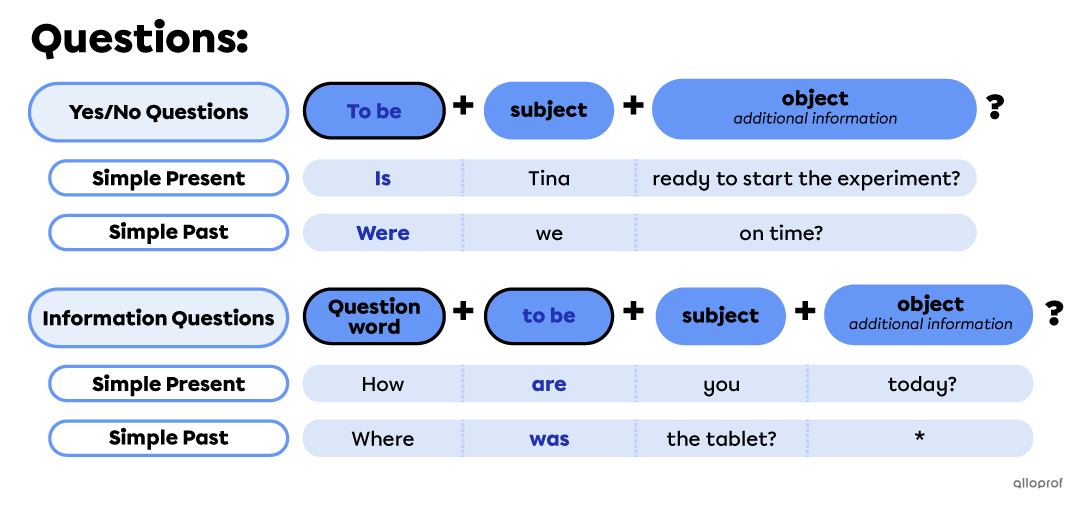
Yes/no questions with to be
| To be | Subject | Object* |
| Are | the archeologists | at the laboratory today? |
| Was | the brachiosaurus | the largest dinosaur? |
Information questions with to be
| Question word | To be | Subject | Object* |
| Where | are | the experts | this morning? |
| How | was | the meeting? |
*Object is not always necessary.
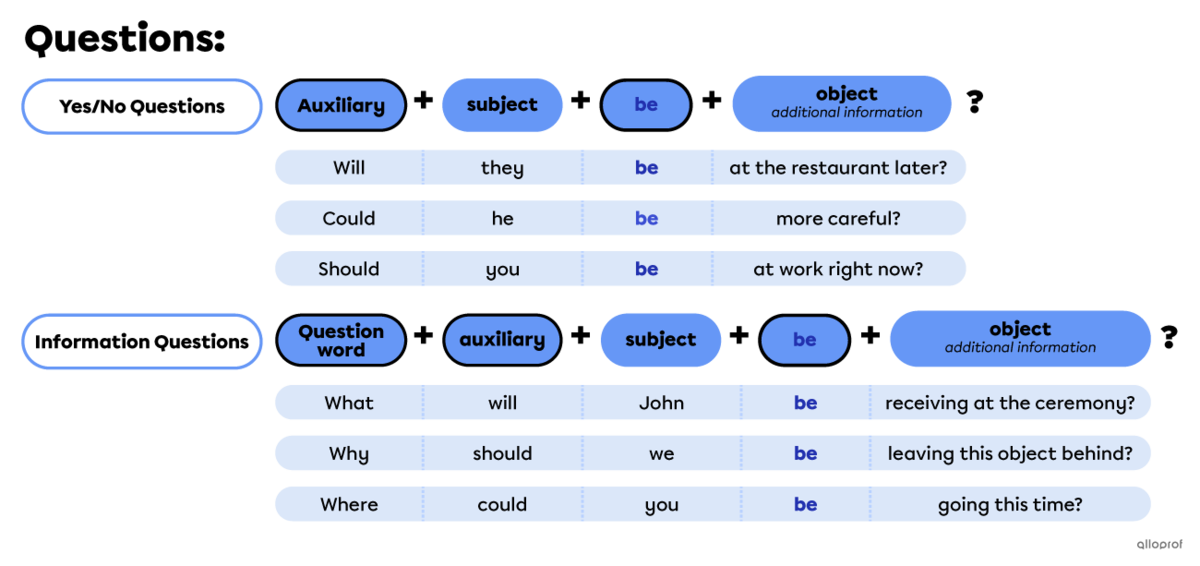
Yes/no questions with auxiliary verbs or modals
| Modal | Subject | Be | Object* |
| Will | the specimen | be | available for testing? |
| Should | we | be | in school right now? |
Information questions with modals
| Question word | Modal | Subject | Be | Object* |
| Where | will | Mary | be | in two days? |
| What | could | they | be | up to? |
*Object is not always necessary.
Tag questions are short questions placed at the end of statements. Their purpose is to check if the listener agrees with the statement.
Affirmative statements are followed by negative tag questions.
| Affirmative statement | Negative tag question |
| Hella is an archeologist | isn't she? |
| She was the winner of the 2018 Archeologist of the Year award, | wasn't she? |
| You are interested in dinosaurs, | aren't you? |
| Dinosaurs were on Earth for millions years, | weren't they? |
Negative statements are followed by affirmative tag questions.
| Negative statement | Affirmative tag question |
| Hella iisn't a botanist | is she? |
| She was'nt the winner of the 2018 Scientist of the Year award, | was she? |
| You are not interested in flowers, | are you? |
| Dinosaurs were not found on the Moon, | were they? |